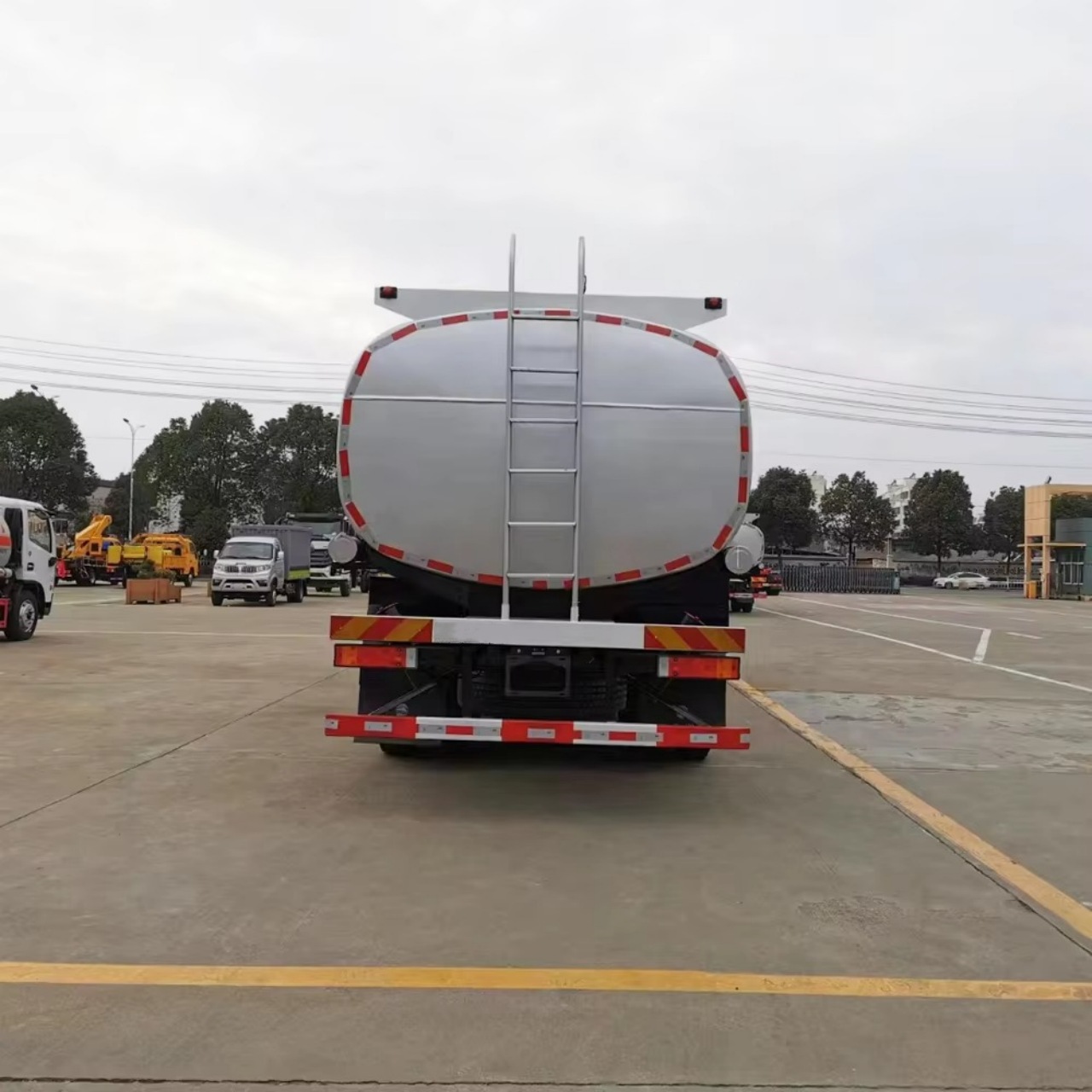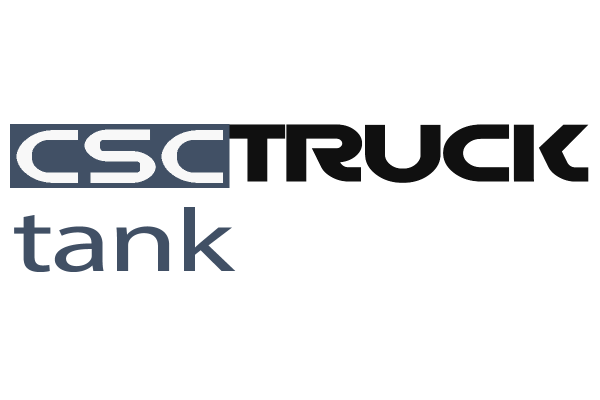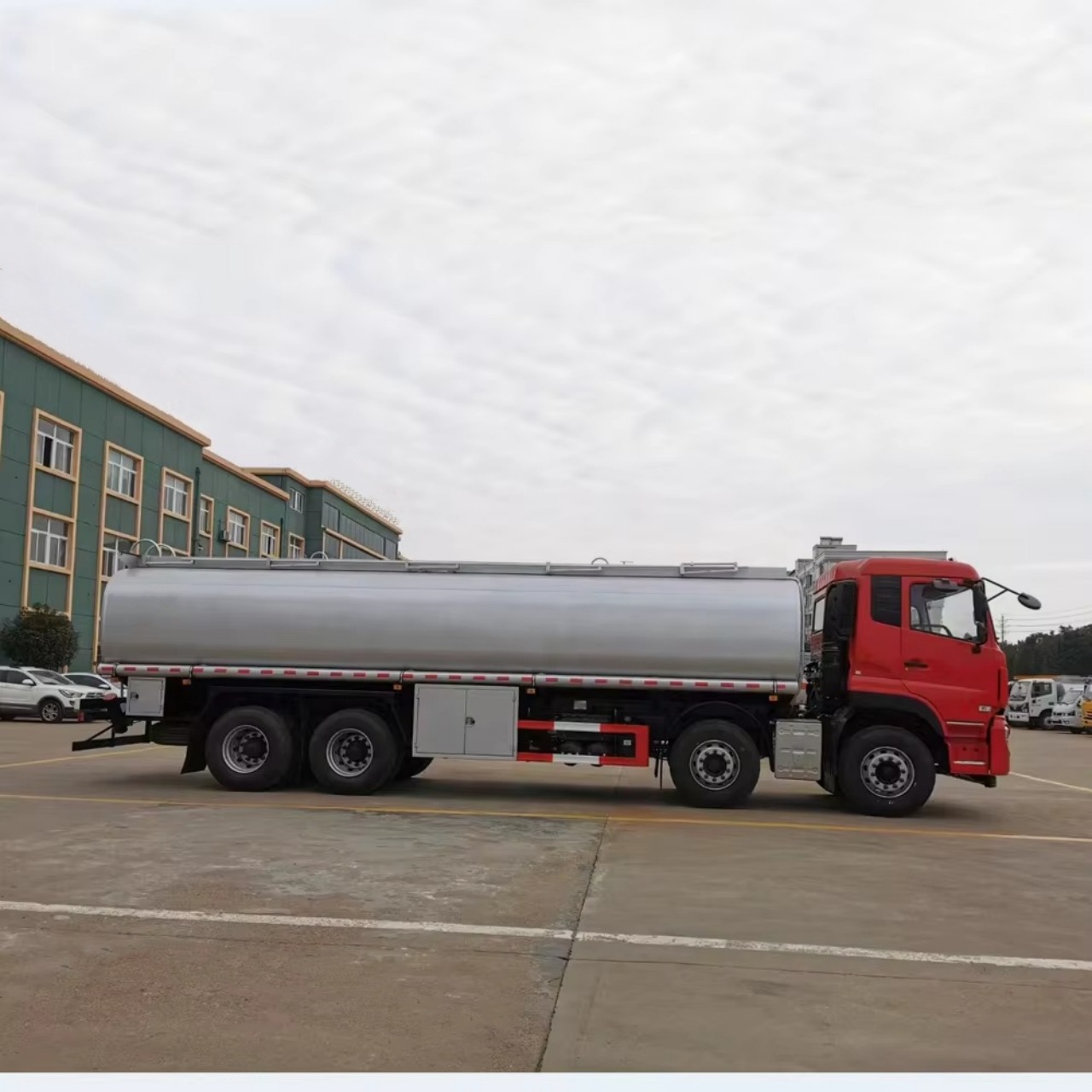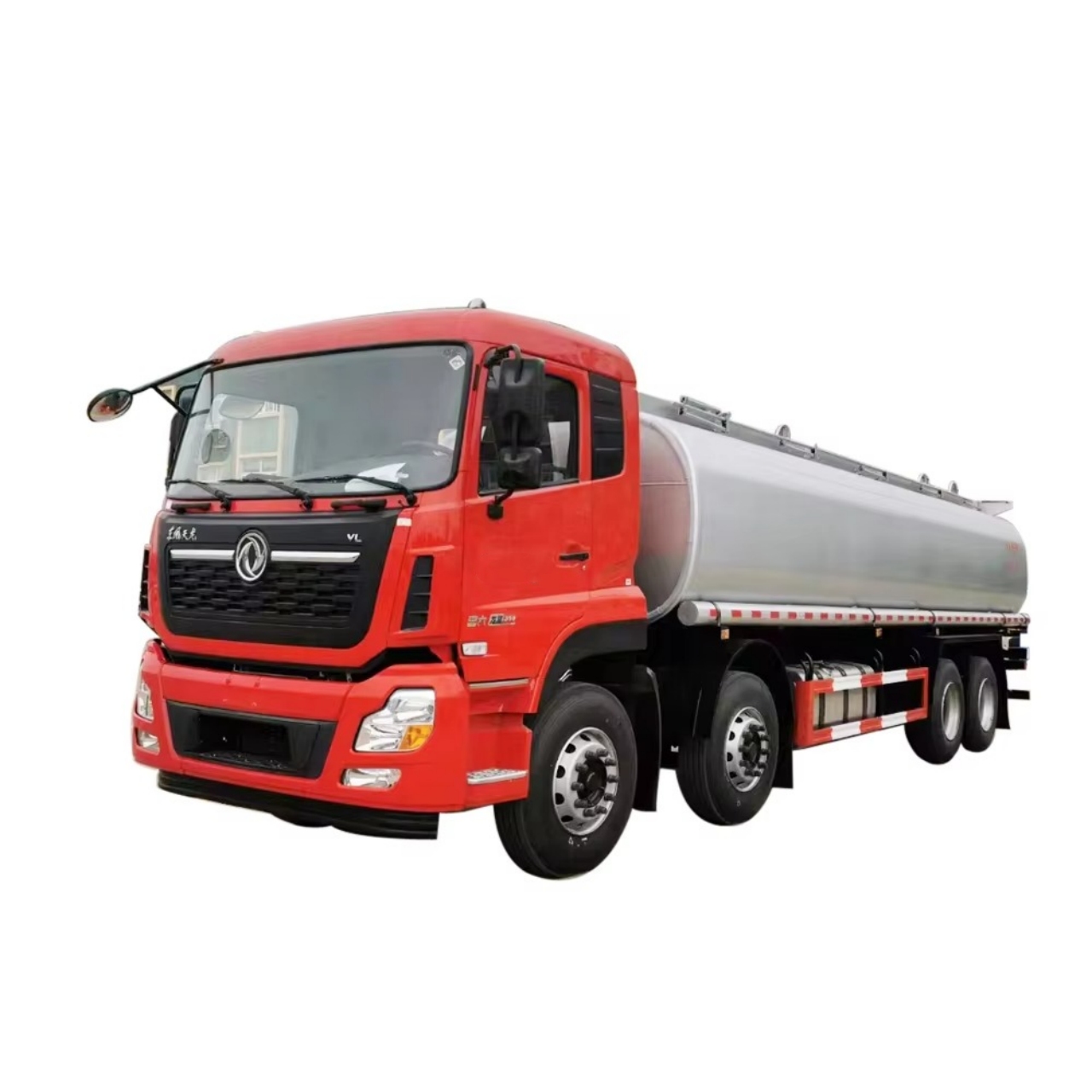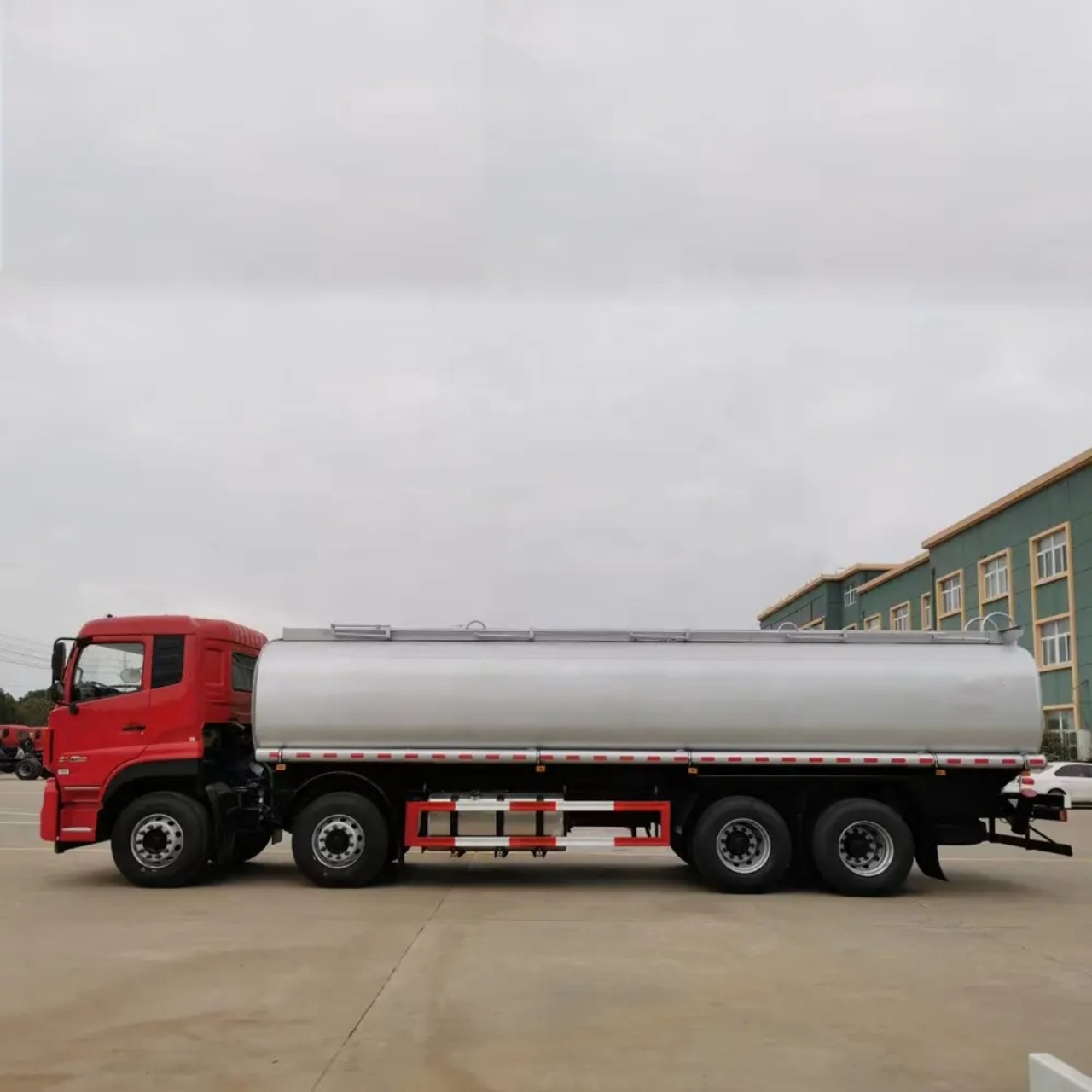Transporting chemicals is a highly specialized field that demands precision, safety, and strict compliance with environmental and regulatory standards. Whether dealing with flammable liquids, corrosive acids, or reactive compounds, the reliability of chemical transport is non-negotiable. At the heart of this vital logistics sector are chemical tanker trucks — highly engineered vehicles designed to ensure the safe, efficient, and consistent delivery of hazardous and non-hazardous chemicals.
The Importance of Reliable Chemical Transport
In industries such as petrochemicals, pharmaceuticals, agriculture, and manufacturing, chemicals are indispensable. However, these substances can pose significant risks during transport due to their toxic, corrosive, flammable, or reactive nature. A single error in handling or containment can lead to serious health hazards, environmental damage, and costly legal repercussions.
This is where reliability becomes critical. Reliable chemical transport ensures:
- Containment integrity to prevent leaks or spills.
- Temperature and pressure control for sensitive substances.
- Compliance with safety standards from international regulatory bodies.
- Timely and secure delivery to minimize production delays or supply chain disruptions.
What Makes a Chemical Tanker Truck Specialized?
Chemical tanker trucks are not just ordinary tank vehicles. They are engineered with special features tailored for transporting hazardous liquids. The key components that set them apart include:
1. Tank Material Selection
The construction material of the tank must be compatible with the chemicals being transported. Common materials include:
- Stainless Steel: Resistant to corrosion and ideal for acidic or alkaline chemicals.
- Carbon Steel (with lining): Often used for less aggressive chemicals.
- Rubber-Lined Tanks: Offer additional protection for highly corrosive substances.
- Plastic or Fiberglass-Reinforced Plastic (FRP): Lightweight and corrosion-resistant for certain acids and alkalis.
2. Compartmentalization
Many chemical tankers feature multiple compartments. This allows for the simultaneous transport of different chemicals without cross-contamination. Each compartment is individually sealed, insulated, and labeled.
3. Pressure and Vacuum Relief Systems
Chemicals can expand or contract due to temperature changes, potentially causing pressure build-up. Modern chemical tanker trucks are equipped with relief valves, pressure-vacuum vents, and rupture disks to mitigate these risks.
4. Heating and Insulation
Some chemicals must be kept within specific temperature ranges. For example, viscous liquids like certain resins or oils may require heating coils or steam-jacketed tanks to maintain flow. Insulated tank walls help maintain consistent temperatures during transport.
5. Top and Bottom Loading Capabilities
Chemical tankers offer top-loading (less risk of spillage) and bottom-loading (faster and safer under certain conditions), depending on the nature of the chemical and the facility infrastructure.
Safety Features in Chemical Tanker Trucks
Given the potential hazards, safety is paramount in the design and operation of chemical tankers. Some crucial safety features include:
- Spill containment manholes and overfill protection systems.
- Grounding devices to prevent static discharge during loading/unloading.
- Emergency shutoff valves to isolate chemical flow instantly.
- Fire extinguishers and flame arrestors.
- GPS tracking and real-time monitoring for route optimization and incident response.
These features collectively reduce the risk of accidents and allow drivers and emergency responders to act swiftly in case of a chemical spill or fire.
Regulatory Compliance and International Standards
Transporting chemicals requires adherence to strict regulatory frameworks, both at the national and international levels. Some of the governing bodies and standards include:
- ADR (European Agreement concerning the International Carriage of Dangerous Goods by Road)
- USDOT (United States Department of Transportation) Regulations
- UN Recommendations on the Transport of Dangerous Goods
- GHS (Globally Harmonized System of Classification and Labelling of Chemicals)
- EPA and OSHA guidelines for environmental and occupational safety
Tanker trucks are typically labeled with UN numbers, hazard class placards, and safety data sheets (SDS) to inform handlers, drivers, and first responders of the chemical’s properties.
The Role of Skilled Operators and Maintenance
Even the most advanced chemical tanker is only as reliable as the people who operate and maintain it. Companies involved in chemical transport invest heavily in driver training, ensuring operators are proficient in:
- Safe loading and unloading procedures.
- Emergency response and hazard mitigation.
- Understanding chemical compatibility and handling protocols.
- Familiarity with routing systems and real-time vehicle diagnostics.
Routine maintenance of tankers — including valve inspections, lining integrity checks, and cleaning protocols — is also essential to avoid contamination or mechanical failure.
Environmental Considerations
Modern chemical tanker trucks are designed with sustainability in mind. Technologies such as emission control systems, fuel-efficient engines, and optimized routing algorithms help reduce the environmental impact of chemical transport. In addition, spill containment and cleanup protocols are continually evolving to minimize damage in the event of an accident.
Innovations and Future Outlook
The chemical logistics sector continues to evolve, with technological advancements playing a key role in enhancing reliability. Emerging trends include:
- IoT and Sensor Technology: Real-time tank monitoring, including temperature, pressure, and chemical composition data.
- Automation and AI Integration: For route planning, fleet management, and predictive maintenance.
- Advanced Tank Linings and Smart Materials: Improving durability and compatibility across a wider range of chemicals.
- Electric and Hybrid Tanker Trucks: Supporting sustainability goals in urban delivery environments.
As these innovations mature, chemical transportation will become safer, greener, and more efficient than ever before.
Conclusion
Reliable chemical transport is the backbone of countless industries and public services. Specialized chemical tanker trucks offer the advanced engineering, safety mechanisms, and operational excellence required to ensure that dangerous goods move from point A to point B without incident. By combining the right equipment, rigorous training, and strict compliance with safety standards, the chemical transport industry continues to deliver reliability and peace of mind in a high-stakes domain.
From corrosive acids to temperature-sensitive compounds, the future of chemical transportation lies in continuous innovation, a safety-first culture, and a commitment to environmental stewardship — all powered by the unmatched capabilities of specialized chemical tanker trucks.
